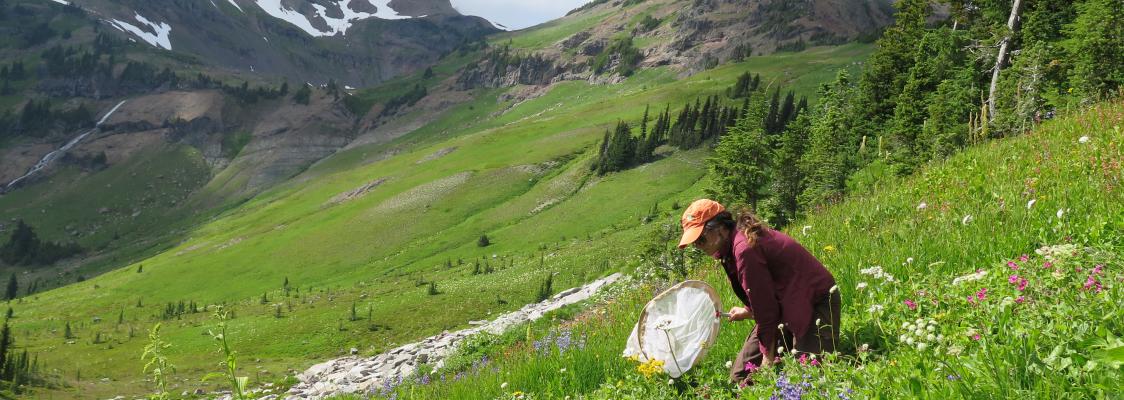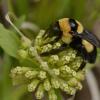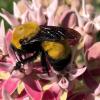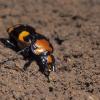To ensure healthy ecosystems, the Xerces Society’s endangered species team conserves at-risk species and their habitats through research, advocacy, education, conservation planning, and restoration. Our team of conservation biologists holds degrees in entomology, ecology, biology, and environmental science, and has decades of experience working with rare and at-risk terrestrial and aquatic invertebrates. We share a passion for conserving invertebrates that are imperiled with extinction.
We conduct research to answer questions critical to furthering the conservation of at-risk species.
We assess the conservation status and extinction risk of species, in order to focus conservation efforts and resources on the most vulnerable species. We have conducted studies on hundreds of species—including tiger beetles, bumble bees, butterflies, and freshwater mussels, which has improved our understanding of many species’ habitat requirements, life histories and distributions, and conservation needs. In addition, our team has extensive experience with research and literature reviews, data inquiries, species mapping, and reporting. Our team collaborates with a wide range of federal and state agencies, research universities, regional governments, and other non-profits to further the conservation of at-risk species. View our at-risk species profiles here.
We advocate for species protection and policy changes at federal, state, and regional levels.
We successfully petitioned to protect the first nine native bees listed under the Endangered Species Act (ESA)—including the rusty patched bumble bee, Franklin’s bumble bee, and seven species of Hawaiian yellow-faced bees—as well as multiple butterflies and other invertebrate species. These ESA listings have resulted in the protection of more than half of a million acres for pollinators. We also advocate for species protection at the state and regional level, and support other policies that protect invertebrates. Learn more about the Xerces Society’s advocacy work here.
We engage in conservation planning and influence how habitats for at-risk invertebrate species are managed.
We partner with public land managers to develop habitat management guidance based upon the most current and relevant research, to ensure that at-risk invertebrates can be protected and their populations enhanced. We have developed habitat management guidance for more than 200 invertebrate species, and created comprehensive management guidelines for bumble bees, fireflies, monarch butterflies, and pollinators. Learn more about the services that we provide here.
We raise the profile of invertebrate conservation and engage a broader constituency in this effort.
Each year, we educate and train hundreds of land managers, community scientists, and others in the conservation of at-risk bees, butterflies, fireflies, freshwater mussels, and other invertebrates by providing workshops and other technical trainings. Our community science programs—such as Bumble Bee Watch and the Western Monarch Count—engage the public in research and conservation, providing important data and imparting investment in protecting invertebrates. Learn more about our community science programs here.






